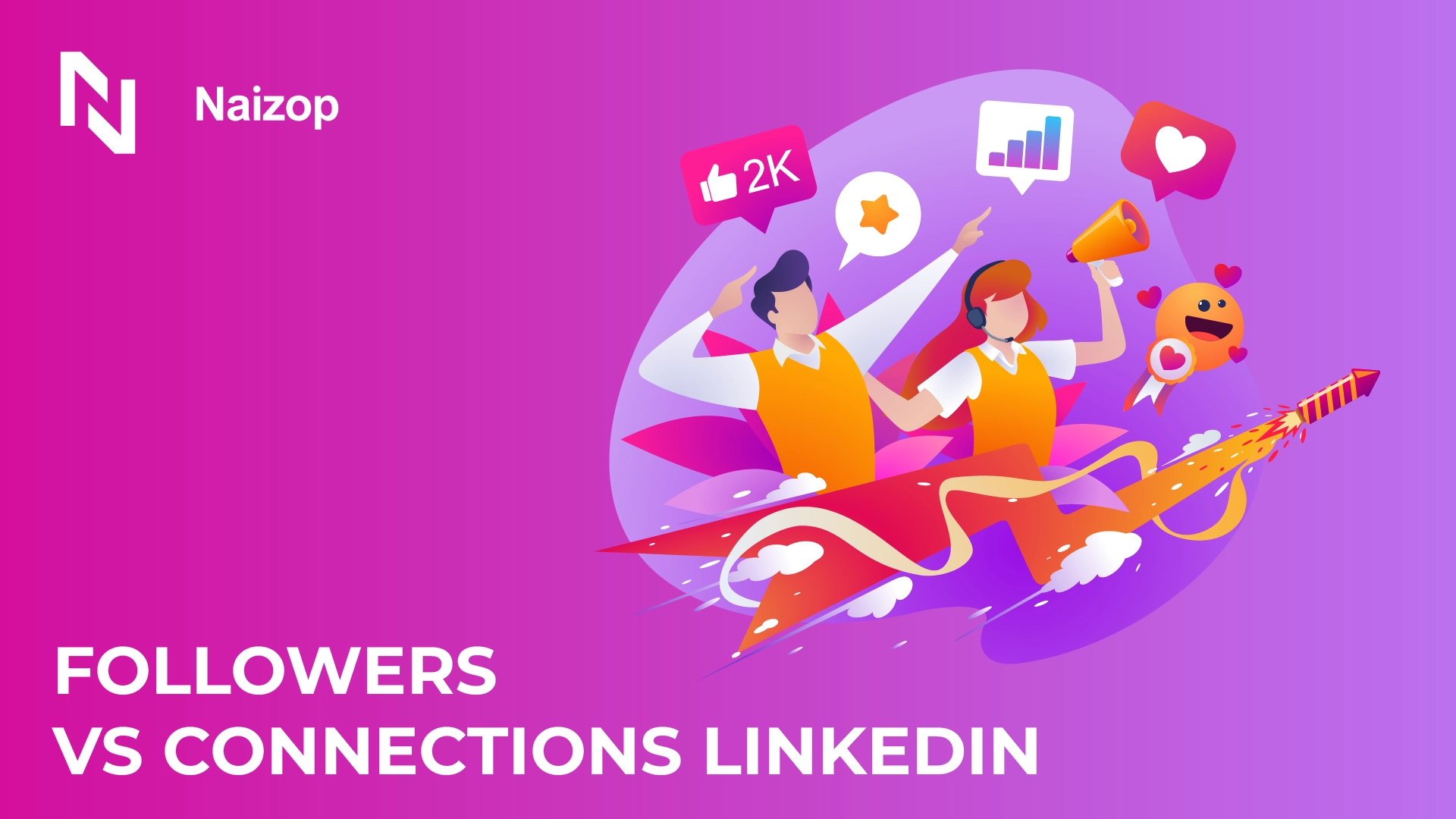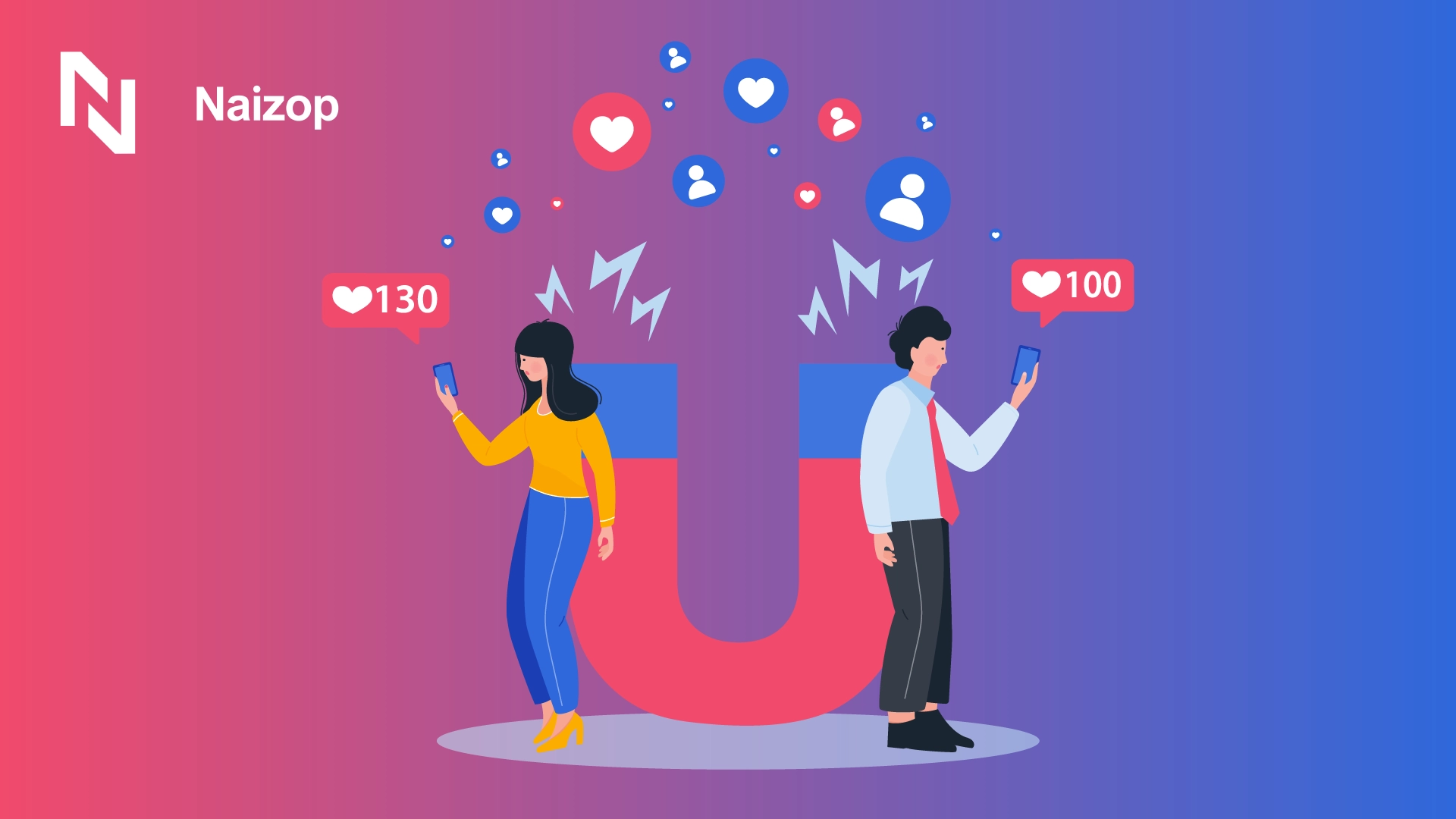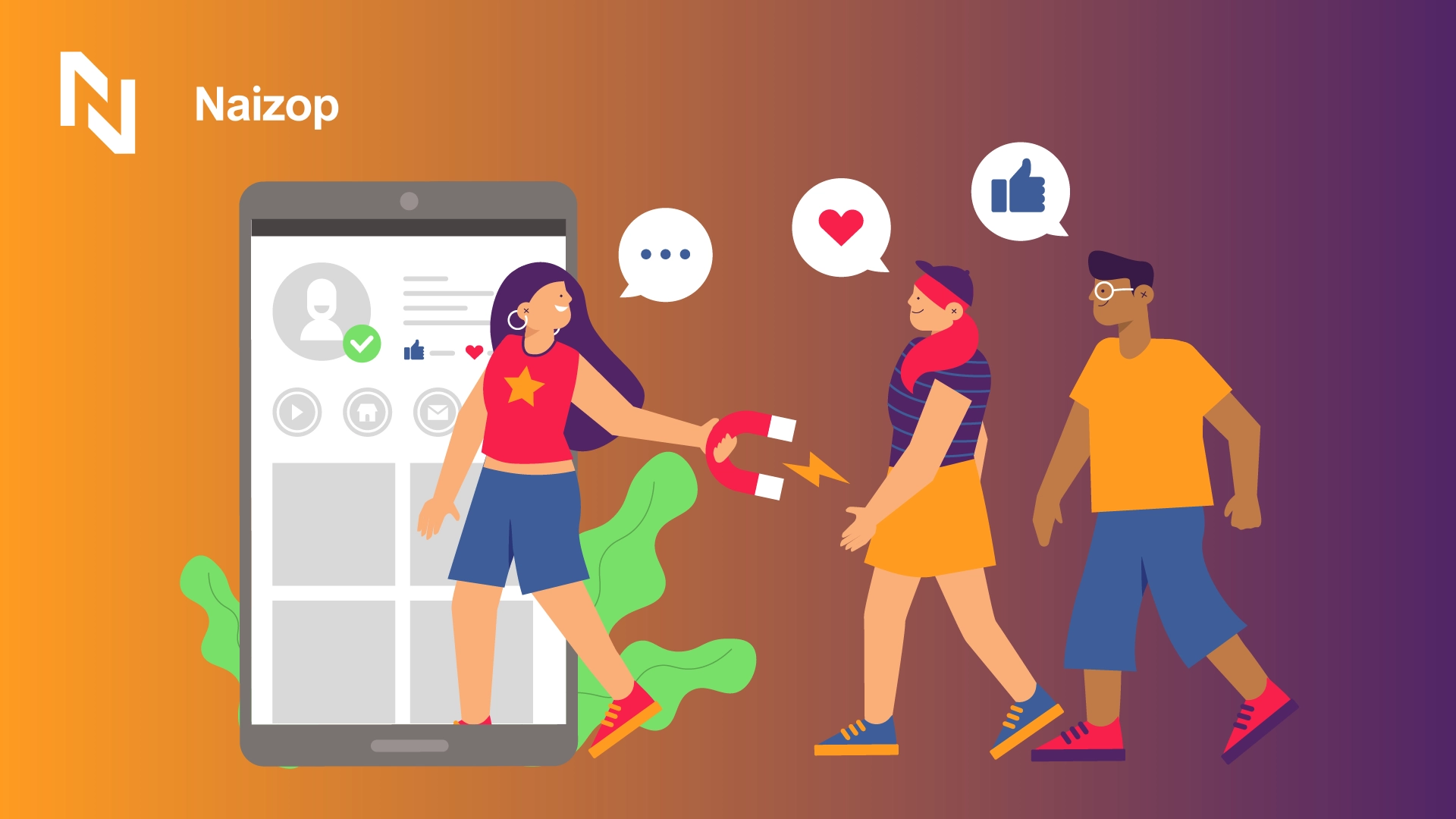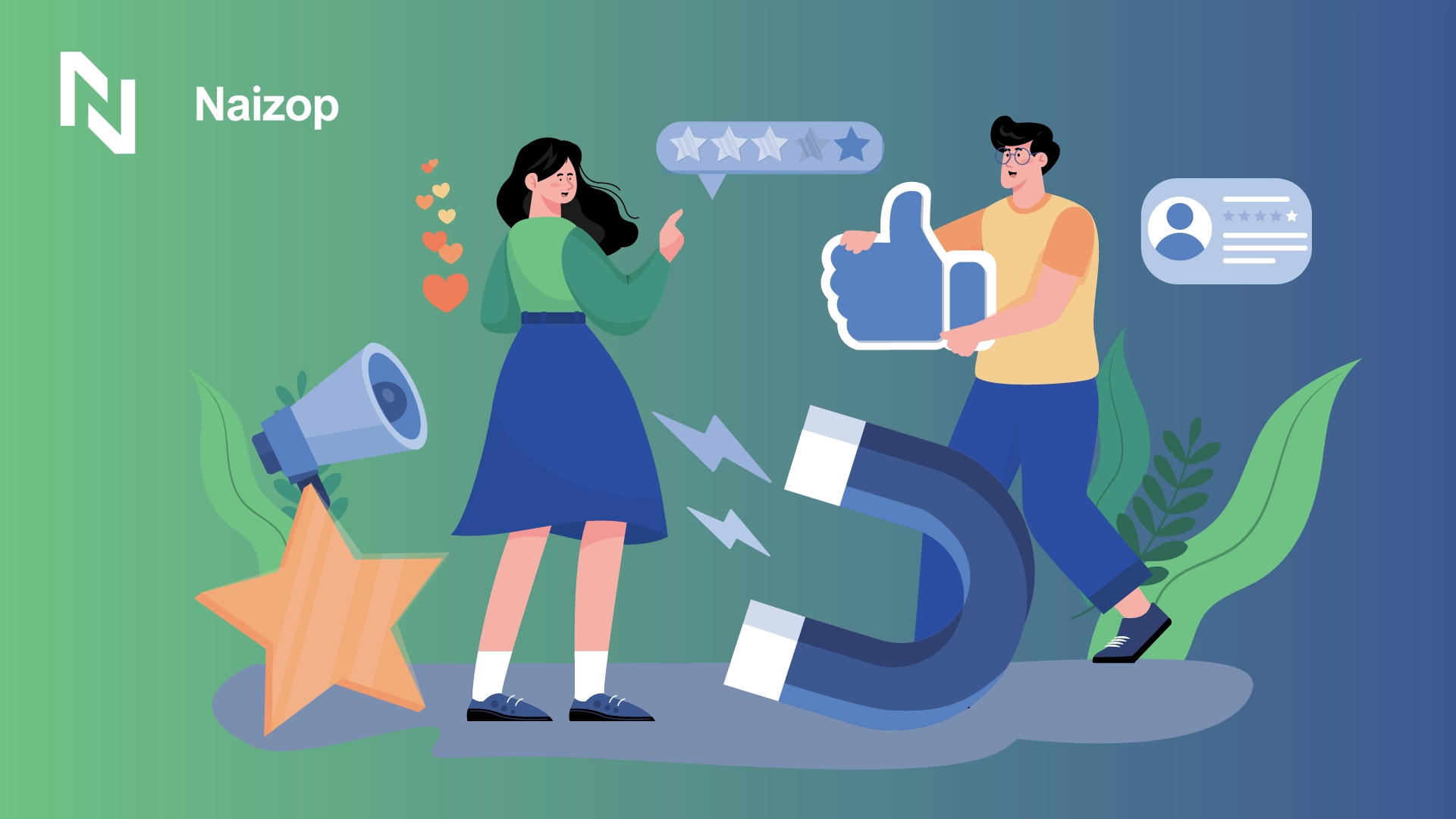Flash Sale |50% OFF on Followers, Likes, Views
Flash Sale | 50% OFF on
Followers, Likes, Views
Flash Sale |50% OFF on Followers, Likes, Views
Flash Sale | 50% OFF on
Followers, Likes, Views
All Services
Instagram
TikTok
YouTube
Twitter
Facebook
Threads
Snapchat
Telegram
Discord
Reddit
Quora
Spotify
SoundCloud
Twitch
Kick
Rumble
Podcast
LinkedIn
OnlyFans
Pinterest
Reviews
SMM Panel Pages
Growth Services
Bot Services
Report Bot Services
Others
All Services
Instagram
TikTok
YouTube
Twitter
Facebook
Threads
Snapchat
Telegram
Discord
Reddit
Quora
Spotify
SoundCloud
Twitch
Kick
Rumble
Podcast
LinkedIn
OnlyFans
Pinterest
Reviews
SMM Panel Pages
Growth Services
Bot Services
Report Bot Services
Others


Noah Blake
Last Update: April 21, 2025While millions log in daily, few truly understand the critical difference between followers vs connections - a distinction that could be holding back your career growth.
Think of connections as your inner circle: the professionals you've personally approved to join your network.
These are your digital handshakes, opening doors to direct messages and deeper professional relationships.
Followers, however, represent your broader audience - professionals who want to consume your content without necessarily joining your inner circle.
This subtle difference is where LinkedIn's true networking power lies.

If you're trying to expand your reach or build deeper relationships, knowing how these two features work will make your LinkedIn experience much smoother.
Let’s talk about followers. A follower is more like a one-way connection.
When someone follows you, they can see your public posts and updates, but you don’t get to see theirs unless you follow them back.
They can’t send you a direct message unless you’re connected, and they don’t have access to your profile in the same way a connection does.
Now, let’s talk about connections. A connection on LinkedIn is a two-way street.
You both agree to connect, meaning you can see each other’s posts, updates, and details on your profiles.
When you send a connection request, it’s like knocking on someone's door and waiting for them to let you in.
If they accept, you now have full access to their content, and vice versa. You can message each other directly, which is perfect for building relationships, networking, or even collaborating.
Here’s where things get really interesting. The main difference comes down to mutual access vs. one-way access, and others features too. You can see in the table below.
|
Feature |
Followers |
Connections |
|
Access Type |
One-way: Followers can only interact with what you post publicly. |
Mutual: Both can see each other's posts, interact privately, endorse skills. |
|
Privacy |
Can only see what you’ve made public. |
Can see your full profile. |
|
Communication |
Can only comment or share your posts. |
Can message each other directly. |
|
Profile Access |
Limited access to only public profile info. |
Full access to profile details like experience, skills, and endorsements. |
|
Endorsements |
Cannot endorse skills or write recommendations. |
Can endorse skills, write recommendations, and offer professional support. |
|
Visibility |
Can only see public posts and updates from the person they follow. |
Can see each other’s posts, updates, and other interactions. |
|
Networking |
Ideal for growing a larger audience. |
Great for building professional relationships, collaborations, etc. |
|
Engagement |
Can comment, like, or share posts. |
Can comment, like, share, and message directly. |
|
Limit |
Unlimited followers. |
Up to 30,000 connections. |
|
Requesting |
No request needed; anyone can follow you. |
Requires mutual agreement to connect. |
|
Building Reach |
Good for increasing visibility and audience reach. |
Good for building a strong professional network. |
|
Acceptance |
No approval required to follow. |
Requires acceptance to connect. |

Building a strong LinkedIn network means knowing all your options. While sharing good content and being real with others is the best way to grow, some people look for faster methods.
Buying LinkedIn followers can be a great strategy if you’re looking to expand your professional reach quickly.
With more followers, your profile gets more visibility, making it easier for you to connect with key industry players and attract job opportunities.
Having a large follower base helps create the impression of credibility, signaling to potential employers and clients that you're an active and influential professional in your field.
When you have a significant number of followers on LinkedIn, your posts are more likely to appear in a wider LinkedIn feed, leading to greater exposure for your ideas, insights, and professional updates.
It’s a fast way to enhance your LinkedIn connections and strengthen your professional network.
Hashtags help categorize your content, making it discoverable by individuals who are searching for specific topics or following similar interests.
When you follow someone on LinkedIn, you can see what hashtags they engage with, giving you insight into the trends within your industry.
LinkedIn feed becomes richer with posts that are tagged correctly, so use popular, industry-specific hashtags to ensure your content reaches those who may not yet be in your connections network but could benefit from your expertise.
To attract the right followers, make sure to post consistently with insightful content that adds value to your network.
Sharing industry insights, updates, and news helps position you as a thought leader in your field.
This kind of content will attract followers who are interested in your expertise, even if they are connections on LinkedIn or passive followers.
Posts and updates on topics such as trends, best practices, or lessons learned can demonstrate your knowledge and keep followers coming back for more.
If you want to drive follower growth on LinkedIn, cross-promoting your profile on other social platforms is a great way to attract a broader audience.
Share your LinkedIn profile link in your bio on platforms like Twitter, Instagram, or Facebook, or include it in email signatures and on your website.
As you connect with someone on LinkedIn, they might also follow you on other platforms if they find your content interesting.
Many professionalsbuy Naizop's LinkedIn connectionservices helpful when building their network.
The service saves considerable time compared to manual networking efforts, particularly for new professionals or those entering different industries.
Some customers appreciate the regional targeting options for location-specific networking needs.
The distinction between LinkedIn connections vs followers creates powerful networking opportunities.
Connections provide mutual relationships with direct messaging and full profile access, while followers represent your broader audience without reciprocal engagement.
For maximum impact, strategically build both networks.
Connections form your inner circle - professionals who can endorse skills and provide recommendations. Followers expand your content reach without connection limits.

It depends on your goal. Connections are better if you want to build deeper, more meaningful relationships, engage in direct messaging, and endorse skills.
However, followers are ideal for expanding your reach and visibility, allowing you to share content with a wider audience without requiring mutual agreement.
A combination of both helps you balance personal networking with broader exposure.
People may say "follow" instead of "connect" because following is a one-way relationship where you can view someone's posts and updates without needing to engage in mutual connection.
It’s a simpler way to stay updated on someone's content, especially if you're interested in their expertise but don’t necessarily need to build a two-way relationship.
It’s less formal than connecting.
Yes, connections on LinkedIn also count as followers. When someone connects with you, they automatically become a follower of your public posts and updates.
However, not all followers are connections - you can have followers who aren't connected with you directly.
To gain followers instead of connections, focus on sharing valuable, public content.
You can encourage people to follow you by making your posts engaging and relevant to your industry.
Make sure your profile is set to allow people to follow without connecting.
Additionally, when you engage with others' content and participate in discussions, you can attract more followers organically.

Written By:
Noah Blake
AUTHOR & EDITOR-IN-CHIEF

In this article